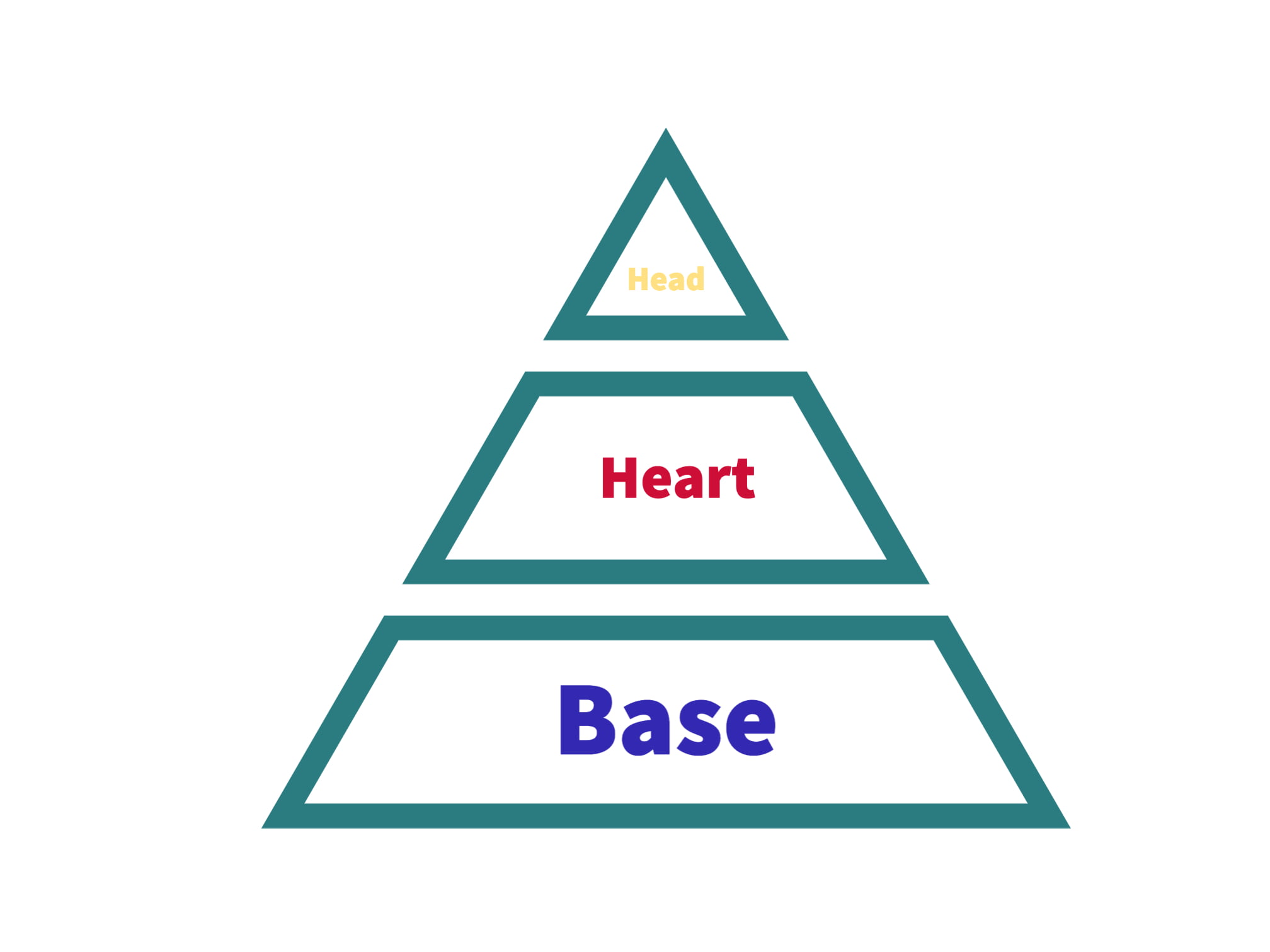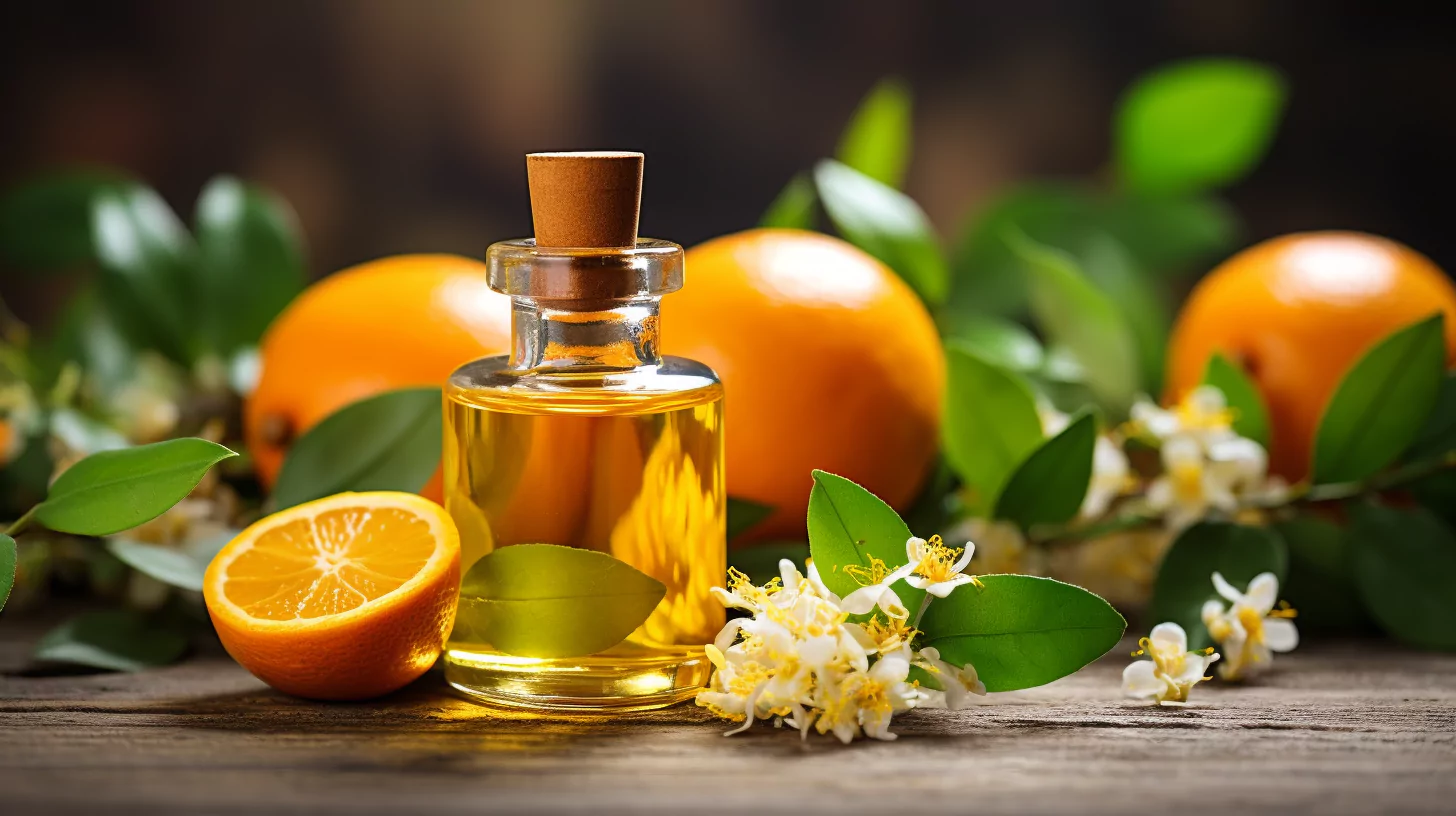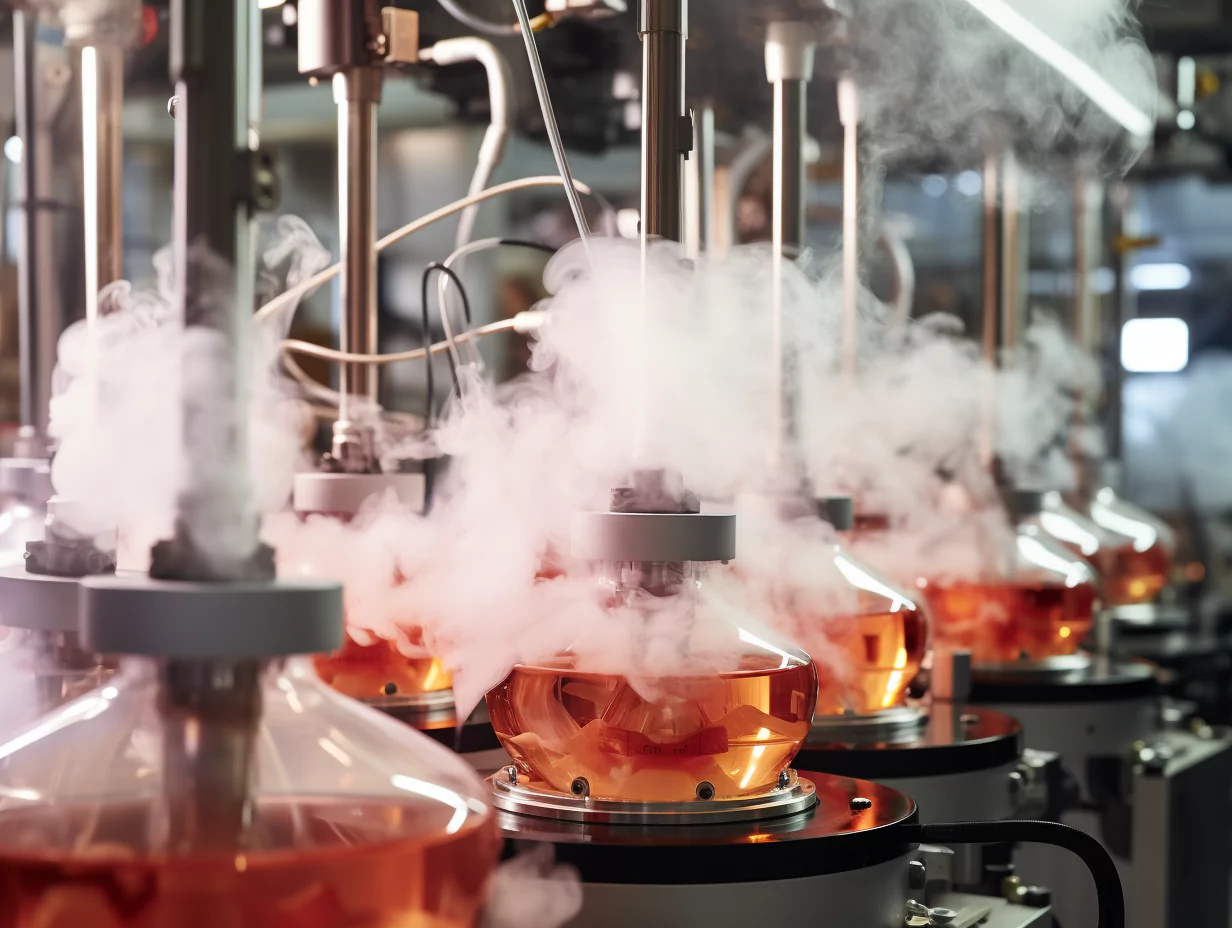When you hear the word “perfume,” the first thing that probably comes to mind is the aromatic and captivating scent that you get from a bottle. But have you ever wondered what goes into that bottle? Before we dive into the nitty-gritty of perfume-making, let’s have a quick overview of the main ingredients.
At its core, perfume is a mix of three primary components: fragrance oils, alcohol, and water. The fragrance oils, also known as the “essence,” is what gives a perfume its unique smell. These oils can be naturally derived, synthetically created, or a blend of both. The alcohol serves as the medium to diffuse the scent, and the water dilutes the mixture to create the desired strength.
Interestingly, the perfume industry, just like the food industry, uses a concept known as the “notes” to describe the layers of scent within a perfume. The “top notes” are what you smell immediately, the “middle notes” (or “heart notes”) emerge after the top notes dissipate, and the “base notes” form the underlying theme that remains long after the perfume is sprayed.

Unveiling the Scent: How to Make Perfume Step by Step?

Sourcing Aromas: Where Do Perfumers Get Their Ingredients?
In the world of perfumery, the quest for unique and quality ingredients is continuous. Some ingredients, like jasmine and roses, are grown in large quantities specifically for the perfume industry, while others, like oud (a rare and precious wood), are sourced from the wild. Companies can also synthetically create certain scents in a lab.
Check out the following Resources:
Perfume for the Modern Man: Beyond the Basic Fragrance
While the process I’ve described primarily focuses on creating traditional liquid perfume, the fragrance world is much more diverse and innovative. Nowadays, you can find a whole range of scent-related products tailored for men.
For instance, solid perfumes, which offer a more subtle, personal scent, are becoming popular among men who prefer a low-profile fragrance. Scented beard oils, aftershaves, and even fragrant tattoos are some of the exciting avenues in which the industry is expanding.
In conclusion, the art of making perfume is a meticulous and fascinating process. From the sourcing of raw materials to the blending of oils, each step is a testament to the craftsmanship and innovation that goes into each bottle. So, the next time you pick up your favorite scent, take a moment to appreciate the journey it took to get to your skin.







